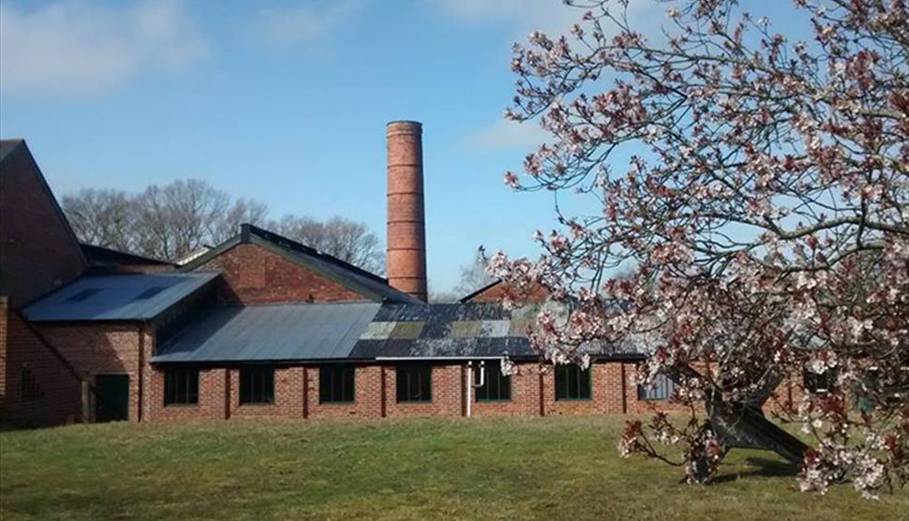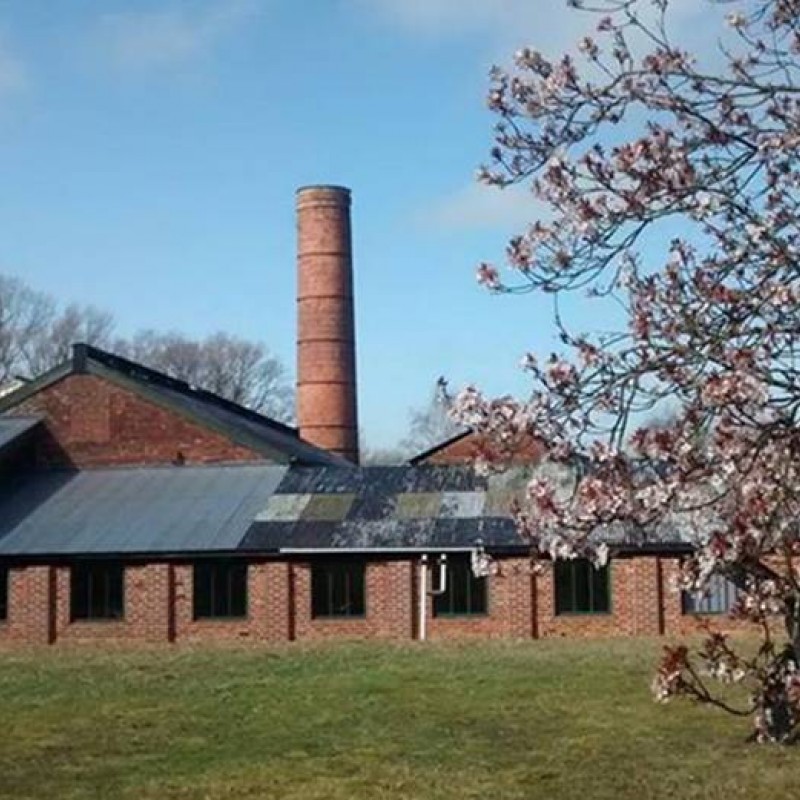The Brickworks museum at Bursledon
Coal Park Ln, Swanwick, Southampton SO31 7GW, United Kingdom
| Former Use: | Brickworks |  |
| New Use: | Industrial Museum | |
| Category: | Industrial Museum | |
| Website: | https://www.bursledonbrickworks.org.uk/ | |
| Construction year(s): | 1897 - | |
| Reuse year(s): | 1995 - 2012 |
Description:
Bursledon Brickworks was founded in 1897 by the Ashby family. The Ashbys were partners in Hooper & Ashby, successful builders merchants in Southampton. They also made bricks. The first brickyard was at Chandlers Ford but when an opportunity to start making bricks at Bursledon arose they jumped at it. There was abundant clay at the new Bursledon site and very good transport links by both rail and river.
The clay was originally dug by hand in pits close to the buildings. The clay pits were deep - nearly 40ft - and very extensive. The clay was brought back to the factory using narrow gauge railway wagons but eventually the pits were too far away for this to be practical. Mechanised digging started in the 1930s. As time passed the clay was worked out further and further away, finally being brought to the works on a overhead cable system from the clay pits , now the lakes that form the Swanwick Nature Reserve.
The original 1897 works (the southern complex) was added to in 1903 with the addition of the northern complex. This was further extended in 1935. With the extra capacity, the brickworks was producing in excess of 20 million bricks a year. They were one of the main producers of bricks in the region.
Bricks were made during the Great War and the Second World War. Brick making was considered a reserved occupation but production was dropped to a lower level and the Ministry of Defence requisitioned parts of the site during both wars. After the Second World War the family business was amalgamated with the Sussex and Dorking Brick Company and in 1959 became Redland Holdings Ltd. The site closed in 1974 for a number of reasons, the M27 split the site in two, the clay was getting very expensive to extract. However, probably the main reason was the introduction of the Health and Safety at Work Act. What makes the Brickworks so unusual is the fact that they were not updated during their working life. Turning them into a modern plant that could meet the safety requirements would have been almost impossible. The factory slowly ran down, first to go were the clay diggers and last the kiln burners. But eventually the last kiln chamber was emptied and a new chapter for the history of the factory started.
In 2012 the museum was awarded a Heritage Lottery Fund grant of £666,300. This grant was awarded to help create a fully functioning museum open on a regular basis.
Volunteers with the help of part time ‘staff’ who were originally employed as part of the Lottery project currently run the museum. They help with managing the museum. The volunteers carry out most of the restoration work and help to man the site when the museum is open. The museum is completely independent and relies on visitors for its income. (https://www.bursledonbrickworks.org.uk/)
Relevant Literature:
- http://www.bursledonbrickworks.org.uk/history.php
- Stratton, M. 2000. Industrial buildings: conservation and regeneration, London: E & F N Spoon, p. 173
